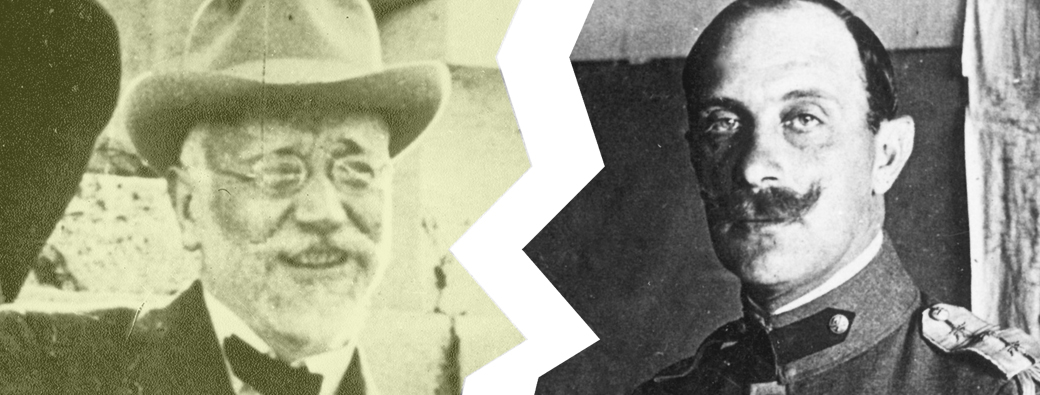
The New Digital Periodical Exhibition entitled “Telegraphy & Telephony. Communication Stories before & after the Asia Minor Disaster” is in front of you here (https://www.otegroupmuseum.gr/periodikes-ektheseis/)! Through the collections of objects, telegrams and the rich photographic archive of the OTE Group Telecommunications Museum, but also in collaboration with museums and institutions of the country (War Museum, Digital Museum of Nea Smyrni, Museum “Eleftherios Venizelos”, O.P.P.N.D.A, Telloglio foundation of Arts AP.I, Center of history of the municipality of Thessaloniki & Ert Archive), presents the history of telecommunications development of the period from the beginning of the century to the end of 1930. The exhibition emphasizes the period of preparation for the Asia Minor campaign, the front but mainly the integration of refugees in the homeland creating a new Greece.
Get an idea from some key points of the exhibition:
- Marconi’s excommunication and the new reality of War
“Wireless communication will make war impossible because it will make war ridiculous.”
The inventor of radio communication contradicted his prediction at the beginning of the 20th century, as the world wars that were fought proved that telecommunications not only experienced great growth due to wars, but also contributed to their outcome, changing the course of history. The exhibition highlights the footprint of telecommunications in the Balkan wars and especially in the Asia Minor campaign.
- The telegram of Kountouriotis ” Be Lions”
“Everything depends on today’s day. Be Lions.” It is one of the historical telegrams sent during the Balkan wars by radio, from the battleship “Averoff” to the Greek crews before the Battle of Lemnos in January 1913. Wireless communication played a decisive role in the military successes of the Navy, contributing to the liberation of the North Aegean. The Greek fleet had been supplied with radios only in 1912.
- Wireless & telephones next to optical telegraph
- Telegraphs loaded on donkeys
- The cable becomes a rope for the well in the depths of Anatolia
State-of-the-art wireless telegraphs that were loaded onto donkeys, optical telegraphs that sent messages reflecting the sunlight and telephone wires that were used as a means of survival by the thirsty soldiers in Asia Minor to extract water from the Wells. The exhibition not only examines major political and military changes, but focuses on the level of microhistory and everyday experience.
- All-time record in Telegram traffic
- 483.000 in a Greece of almost six million inhabitants
The imminent autumn period threatens the risk of bloody frictions of refugees and locals. An unimaginable effervescence of both portions.” In 1925 the exchanged telegrams reached a record of 5,483,000 in a Greece of nearly six million inhabitants. The doubling of the country and the arrival of 1.2 million refugees increased Greece’s telecommunications needs and created new needs. The visitor of the exhibition has the opportunity to read some indicative telegrams sent by the refugees to the Greek government in the 1920s in which they complain about the difficult living conditions and the confrontations with the natives over the distribution of land.
Contributors
- Editing-Production
OTE Group telecommunications Museum
- Strategy-Museologicalconcept-Texts
Nikoletta Liakostavrou
- Graphic Design
Maria Tsekou
- Historical texts/ Research
Sotiris Koutmanis
Valya Hudala
Katerina Orietta
- Video
Alexandros Grammatopoulos
- Digital space / digital applications
Stefanos Vagianos / Spaces 3D


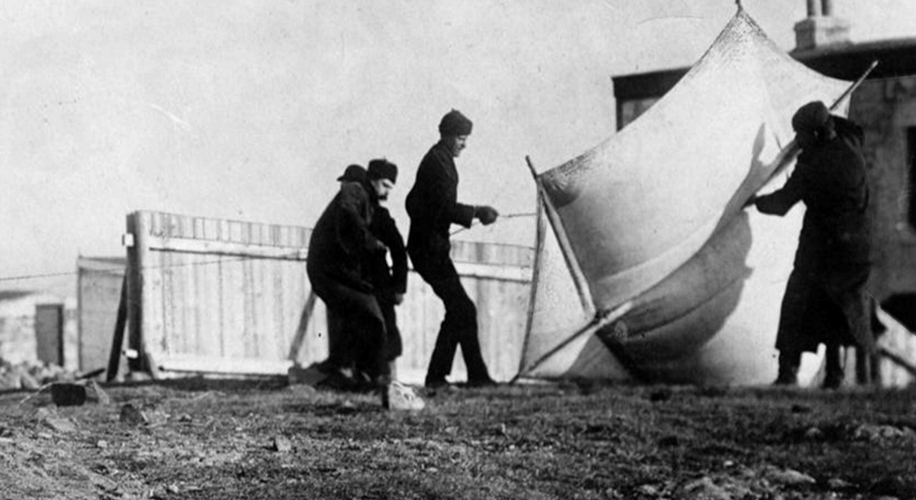
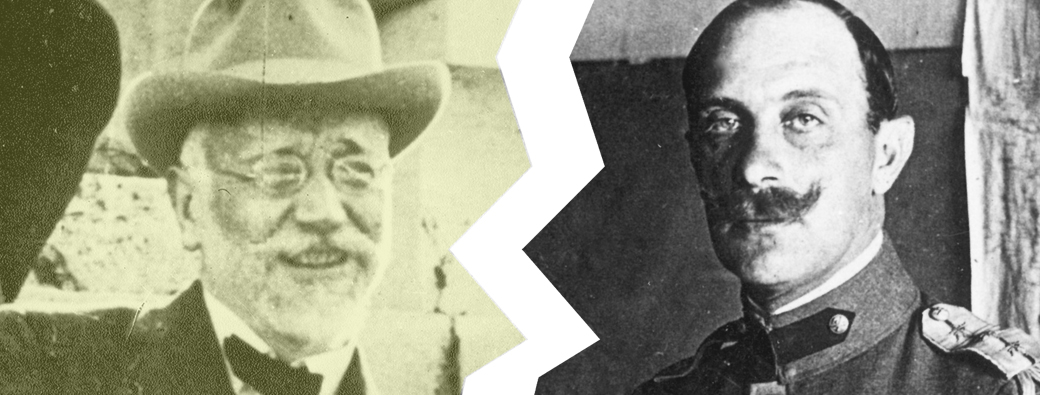
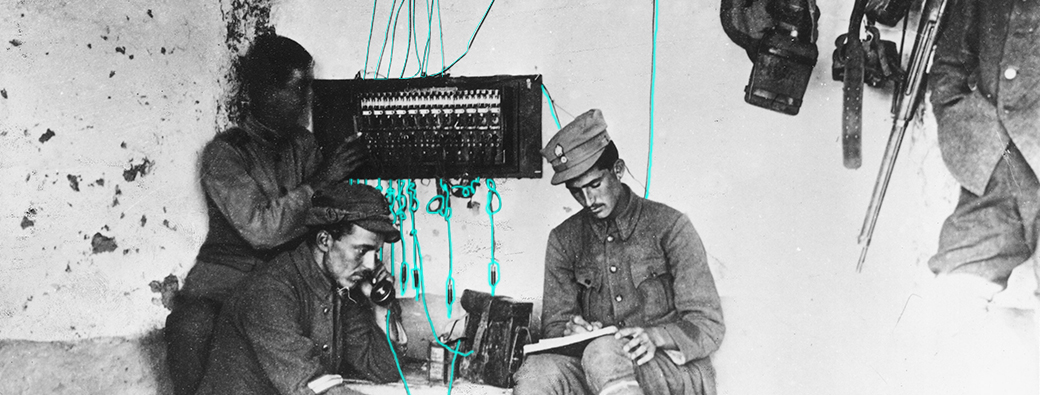




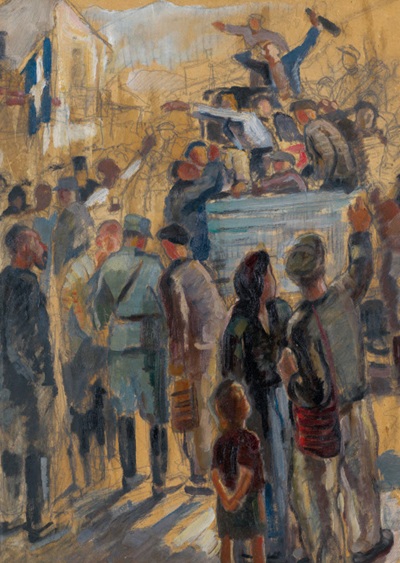


Leave A Comment